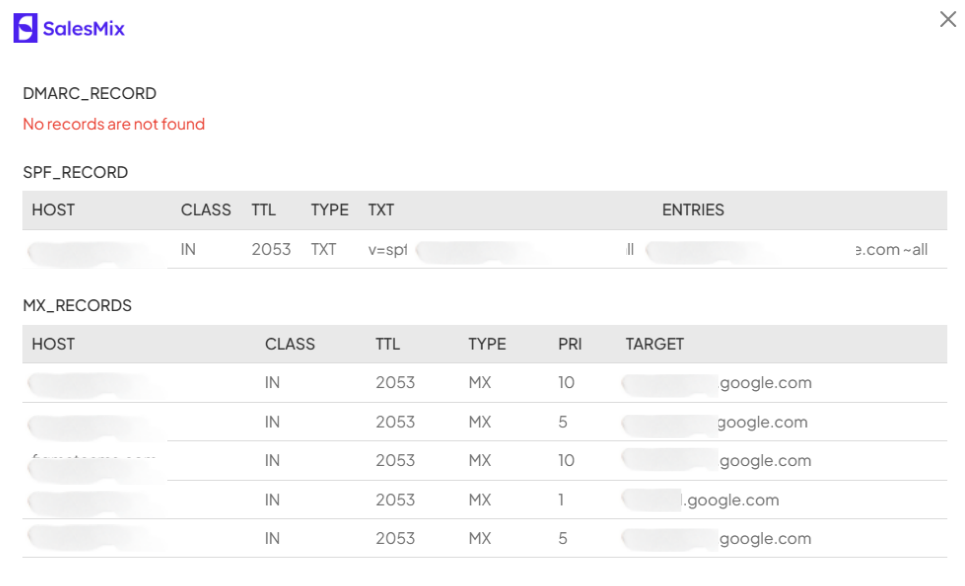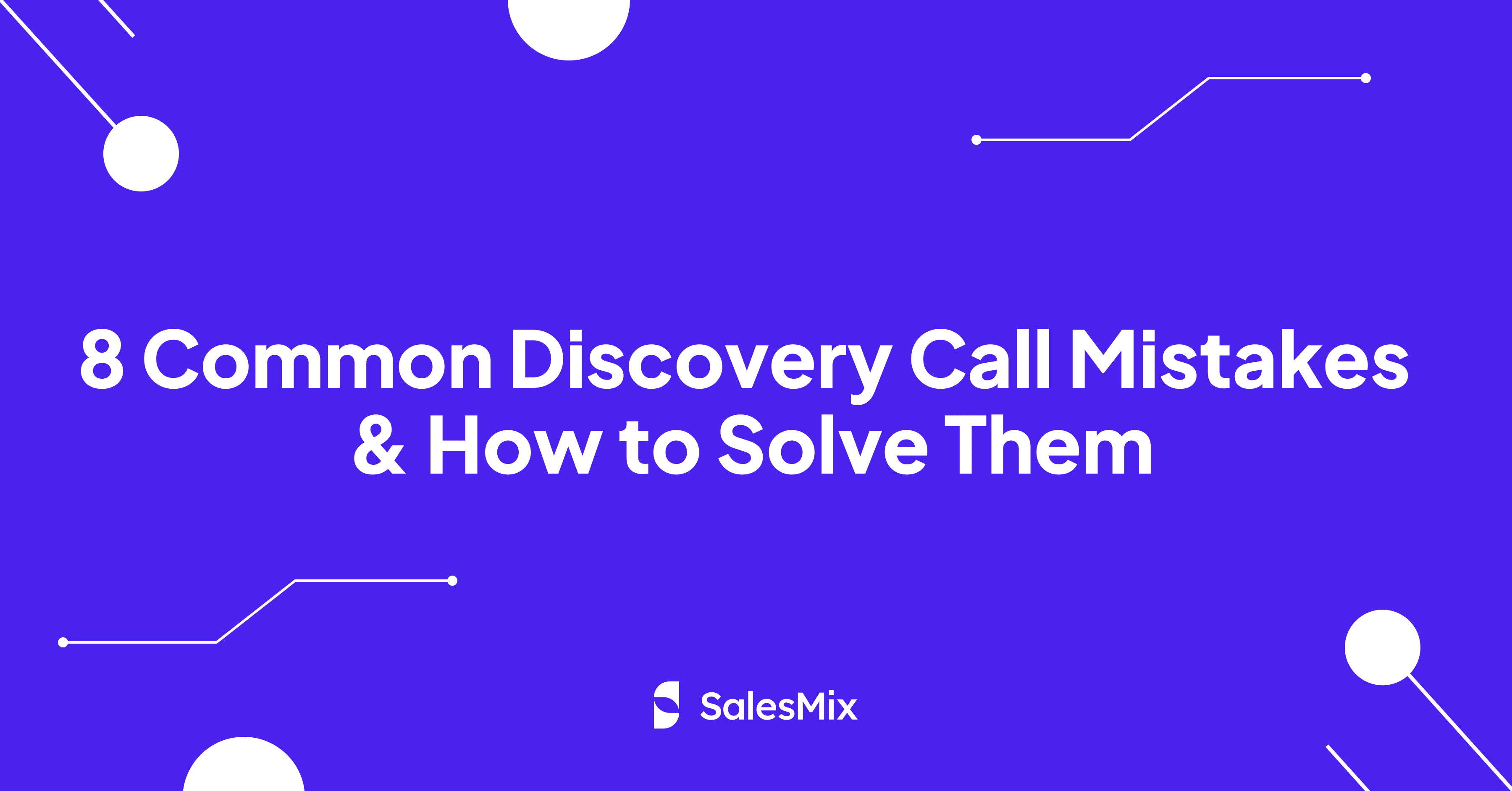Table Of Contents
Struggling with your SendGrid emails going to spam and harming your cold email campaign?
Understanding why SendGrid emails go to spam is crucial for marketers who want to optimize their email deliverability and engagement rates. Several factors contribute to this problem by affecting how email service providers and recipients evaluate and handle your cold emails.
In this article, we will find out the various reasons why SendGrid emails land in spam.
10 Reasons Behind Your SendGrid Emails Going To Spam Folder
Let’s explore the top 10 reasons why your SendGrid emails may not reach the intended inboxes.
1. Improper Email Authentication Setup
Authentication acts as a verification mechanism that assures email providers that the sender is legitimate and the email has not been tampered with during transmission. Not having proper authentication for protocols, like SPF (Sender Policy Framework), DKIM (DomainKeys Identified Mail), and DMARC (Domain-based Message Authentication, Reporting, and Conformance), will make your cold emails appear suspicious to email servers, leading to getting spam flags.

Check DMARC Records, a critical protocol, in SalesMix
You should ensure that you do not overlook the importance of regularly updating and verifying these settings, especially when domain changes occur or you switch email service providers. Failure to maintain these authentication standards can drastically decrease the likelihood of your emails reaching your intended audience’s inbox.
2. Inadequate Email Warmup Procedures
Cold email campaigns are particularly sensitive to reception issues, as they involve reaching out to new contacts who have not yet interacted with your brand. Neglecting the email warmup process can affect your immediate campaign outcomes and have long-term detrimental effects on cold emails to prospects.

Automated Email Warmup in SalesMix
An improper warmup process mainly causes this problem – a sudden surge of emails from an unknown source that can trigger spam filters. From the perspective of an email provider, legitimate senders typically do not begin their email communications at full volume; instead, they build up gradually. So, you have to focus on doing adequate email warmups to fly past ESP’s skepticism about your email traffic.
3. Not Managing The Email Lists Properly
Proper management of email lists is crucial in cold email marketing, and failing to do so can be a major reason why your SendGrid emails end up in the spam folder. An email list that is outdated, unsegmented, or cluttered with inactive subscribers will reduce your campaigns’ effectiveness and negatively impact your sender reputation.
You need to remove email addresses that consistently bounce back regularly and unsubscribe prospects who have opted out of receiving emails. Regularly cleaning your email list ensures that you only send emails to active and interested parties, which can significantly reduce the chances of your emails being spam or hitting spam traps.

Update your email list by editing or deleting contacts in SalesMix.
4. Subject Lines & Content Triggering Spam Filters
Crafting subject lines and email content requires a delicate balance. You need to capture the recipient’s attention while avoiding phrases and formatting that email providers might interpret as spammy.

Write Compelling Subject Lines in SalesMix.
Many cold email marketers fall into the trap of using overly promotional language in their subject lines, such as “Buy now,” “Free,” or “Guaranteed,” which are typical triggers for spam filters. Email providers use sophisticated algorithms to scan incoming emails, and certain words and phrases can raise immediate red flags.
The content within the email must align with the promise made in the subject line. A mismatch between the two can confuse recipients, leading to higher bounce rates and spam complaints.
It’s also important to avoid excessive use of risky elements such as all caps, multiple exclamation marks, too many links, and URL shorteners. These are often present in spam emails and can prompt email servers to filter out your communications.
5. Failing to Personalize Email Content
When emails lack this personal touch, they fail to engage and risk being perceived as spam or junk mail. Email providers track how recipients interact with an email, and a lack of engagement (such as low open and click-through rates) can signal that recipients do not value your messages.
Over time, this pitfall can harm your sender’s reputation and increase the likelihood that your emails will be filtered into the spam folder. Moreover, not personalizing email content in cold email campaigns destroys the opportunity to connect with potential customers, which is necessary to convert a cold lead into a warm prospect.
6. Lacking an Unsubscribe Link
This issue touches on legal compliance and user experience, which are critical components of successful email marketing. An unsubscribe link’s presence is not just a courtesy; it’s a requirement under laws for commercial electronic messages, like the CAN-SPAM Act in the United States and GDPR in Europe.
When an unsubscribe link is absent, recipients may feel trapped or frustrated with no apparent way to stop unwanted emails. This frustrating experience will lead to your emails being left unopened in the future or, worse, getting spam flags from users.
7. Sharing IP Pools
Sharing IP pools is a common practice in cold email marketing, including in platforms like SendGrid, but it can sometimes lead to emails landing in the spam folder. While it can be cost-effective and efficient, it also comes with risks, especially if you share the pool with senders who use poor emailing practices.
Without control over who else is using the same IP address, you risk being associated with potential spammers. It is problematic because gaining back a good reputation after being marked for spam by ISPs or mail servers can be a long and challenging process.
8. Poor Email Domain Reputation
When you have a poor domain reputation, it’s typically due to a history of having spam reports, that is, sending emails that recipients frequently mark as spam, ignore, or delete. It can also happen if you’ve been involved in sending to non-existent or inactive email addresses, which suggests negligence in maintaining email list hygiene.
A poor domain reputation is particularly problematic as it directly impacts your email’s deliverability rates. Without the initial trust or recognition from the recipient, any negative association with your domain can lead to immediate dismissal of your emails to spam folders.
9. High Rate of Spam Complaints
In cold email campaigns, where you often reach out to new contacts who may not be familiar with your brand, it’s especially important to ensure that your emails are relevant, engaging, and welcomed. A high rate of spam complaints suggests to email service providers that recipients don’t perceive your emails as valuable.
One common reason for increased spam complaints in cold email marketing campaigns is the lack of proper targeting and personalization. When emails feel generic, unsolicited, or irrelevant, recipients are likelier to report them as spam.
10. Low Cold Email Engagement Rates
When engagement rates are low, it suggests to email providers that recipients do not find the content compelling or relevant. This lack of interest can be due to various factors, such as poorly crafted subject lines that fail to capture attention, irrelevant content, improperly scheduling email sending, etc.
Poor engagement diminishes the effectiveness of your campaigns and harms your sender’s reputation. It also negatively influences how email service providers will handle your future cold emails.
What can be The Issue from SendGrid’s Side for Spam Emails?
When you’ve double-checked your email practices, and everything seems in line, yet your emails still land in spam, it might be time to consider factors beyond your control. Could SendGrid itself be contributing to the problem? We will assess that now.
Many Organizations Blacklist SendGrid Emails
Some organizations frequently encounter difficulties with bulk email services like SendGrid because malicious actors abuse them. For example, some entities reported receiving 10,000 unwanted emails within a week, presenting a substantial challenge in managing and reporting abuse.
The sheer scale of abuse potential makes it impractical for some organizations to report each incident continually. As a result, they resort to a defensive posture by blocking all emails from SendGrid except those from more controlled and verifiable sources. They opt only to allow emails from SendGrid accounts that use higher-tier services, which typically include dedicated IP addresses and verifiable public DNS names.
Not Giving Proper Warmup to Each Email
One critical issue that can arise with SendGrid or any bulk mass mail provider is the challenge of providing a proper warmup for each email campaign. The scale of their operations can sometimes mean that individual email campaigns don’t receive the tailored warmup they require.
Without a proper warmup, ISPs can flag emails as potential spam due to a sudden spike in activity from a new or relatively inactive sender address. This risk is particularly high in environments where many users are sending out large volumes of emails, as is common with bulk email services.
Utilizing a Bulk Email Service Provider (ESP)
One inherent issue stems from the nature of bulk email services themselves, which send large volumes of emails quickly and efficiently. While this aspect is advantageous for reach and scale, it can also lead to complications with email deliverability.
Bulk ESPs manage email sending from multiple clients through shared resources, such as IP pools. This common sharing can lead to ‘neighborhood’ effects. Suppose any user engages in practices that lead to being blacklisted or marked as spam. In that case, it can negatively impact your deliverability for using the same IP pool, even if your practices are compliant and ethical.
Moreover, because these providers support mass mailing, spammers can sometimes target them. It makes ESPs subject to more rigorous scrutiny by ISPs, inbox providers, and spam checkers.
Use SalesMix for A Better Cold Email Campaign Experience
SalesMix offers a tailored approach to ensure that your emails avoid the spam folder. It has an extensive range of features, from email warmup at the beginning to testing emails’ deliverability before launching campaigns.
Its email warmup feature integrates with any email provider and offers unlimited warmup capabilities by initiating a one-click setup. Thus, you can continuously improve your sender reputation without any volume restrictions.
The system automatically executes a strategy where emails engage with one another, cleverly taking them out of spam folders and enhancing your sender score. Its detailed analytics also help you pinpoint what’s working and what isn’t and refine campaign strategies.
Keeping your email list clean is essential, and SalesMix addresses this by verifying email leads. It lets you ensure your list doesn’t contain outdated emails or fall into spam traps, which can deteriorate your sender reputation and reduce deliverability.

Easily verify email authentication in SalesMix.
SalesMix enables you to craft emails that resonate more personally with recipients by utilizing placeholders in your content derived from your CSV file data. You can use its Spintax feature to use variations of any word to avoid the same content in email, which often leads emails to get spam flags.
Before you launch your full campaign, SalesMix allows you to send test emails to assess email deliverability. This functionality works like a mail tester and lets you see exactly where your email would end up in a recipient’s email system.
Conclusion
Understanding the reasons your SendGrid emails land in spam is a big step toward solving the problem. Addressing the core issues will position your campaigns for better reach and receptivity.
Taking a proactive approach can improve your email deliverability and solidify the trust between you and your audience, which is essential for successful cold email campaigns. Moreover, as you implement these improvements, keep in mind the dynamic nature of email marketing and ISP regulations to be up-to-date.






